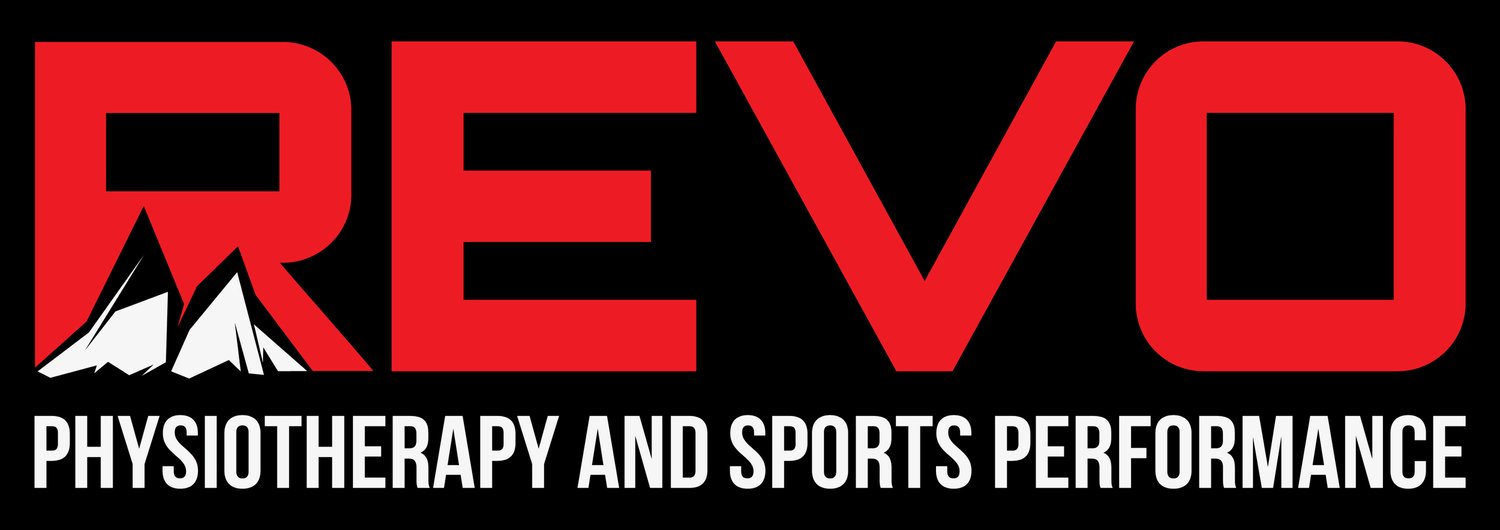Assessing Running Related Knee Pain
Written by Matthew Sellen
Statistically speaking, most runners will experience some sort of pain or injury during their running career. A common spot is at the knee. There can be so many reasons why a person is experiencing knee pain while running. This can include overload leading to fatigue of specific muscles, less than optimal stability at the knee from limited muscular control, poor learned movement patterns, and many more or a combination of things. It’s so common that a lot of people think it’s just part of the sport, that you just need to live with it if you want to run, or not to run at all because it’s “bad for your knees.” I’m calling COW CRAP! There may be many reason why someone is in knee pain while they run, but there is no reason why it can’t get better.
Let’s talk about a couple of common reasons why your knee may hurt while running, and what you can start to do about it TODAY!
Overloading the Quads
Your quads are the responsible for extending, or straightening, your knee. While you’re running they’re also responsible for making sure your knee doesn’t collapse leading to your crumpling up like an accordion. An important and simple, yet difficult, job as each step you take puts 3-4x your body weight all the way through your leg. If that strength isn’t there… and fast… it can lead to things other than your muscles taking the brunt of that force. Things like your knee.
How do we measure that? Specificity is important because meaningful differences that can make a difference in HOW you’re running are hard to detect with traditional PT strength measurements like manual muscle testing.
After finding a meaningful difference, what can you do about it? Well it’s all about finding the right starting point to strengthen the quads without pissing them or the knee off. A great starting point is isometrics. Isometrics help promote muscle recruitment as well as have a pain reducing effect on tendons like the patellar tendon.
Poor Glute Muscle Recruitment
Our glute muscles on the back and side of the hip do a lot of work while running. They help create A LOT of stability of your hips and knees. Think about this: how much time are you spending on 2 feet while running? If you said “absolutely none,” then you’re correct! Running is defined by alternating single leg stance faces with a flight phase in between. If both feet are on the ground then you’re walking, even if you’re power walking. Because there is so much single leg stance, that stability is very important for good running economy and for keeping your knee feeling good. When that glute control just isn’t there, it’s not uncommon to see hip drop and knee dive in during mid-stance as well as pain on the outside of the knee or hip.
How do we measure that? We can get a clue by looking at strength of the glutes. We can get a clue by looking at how someone is moving. But the fact is that our bodies are smart. Most of us can figure out how to do a specific task or exercise even if we don’t have the best glute control by using other muscles. We use EMG sensors on placed on the skin over the top of muscles to read elctrical activity from activating that muscle to determine what someone is using.
After finding poor glute recruitment, what can we do about it? Well, it’s all about finding the right exercise and position or cues to allow that person to properly use the glute muscles. Keeping the EMG sensors attached becomes a powerful tool to find the right exercises and show you with confidence that you’re doing the right things. Over time, as exercises are progressed, that improved ability to control the glute muscles starts to translate into better stability while running.
Inefficient Movement Patterns
For the most part, our knees are pretty dumb joints as compared to other joints. They like to hinge back and forth, and not much more than that. When we put too much stress on them side-to-side we change the dynamics of that hinge motion and change how force is distributed across all of the structures of the knee. As you can imagine, this can lead to some pain. This is often associated with limitation in strength or control of muscles, but sometimes it is learning inappropriate movement patterns despite having good strength and recruitment.
How do we measure this? You can sometimes get a feeling that something isn’t quite right by watching someone at full-speed with the naked eye, but running happens fast so we should slow it down to get an accurate picture. We use high speed cameras with light sensors to accurately analyze how a movement is being performed.
After finding poor movement patterns, what can we do about it? We use specific exercises that mimic parts of running, like a lateral step down as our base. As we lace in cues for how to perform that exercise with a camera or mirror for being able to properly assess your own performance, you start to see changes in how you’re moving. Rep after rep ingrains this new pattern, and as your body becomes more attuned to it, you start to see it show up more naturally in things like running.
It’s important to remember that running knee pain happens for different reasons from person to person, and for potentially multiple reasons at the same time for one person. All of these exercises are a great starting point in addressing your own pain. But to truly address it fully it is important to put together all of the pieces. It’s important to assess the hip, knee, and ankle individually, and assess how they are working together.
Have knee pain that you’re ready to get rid of? We’re ready to help!

